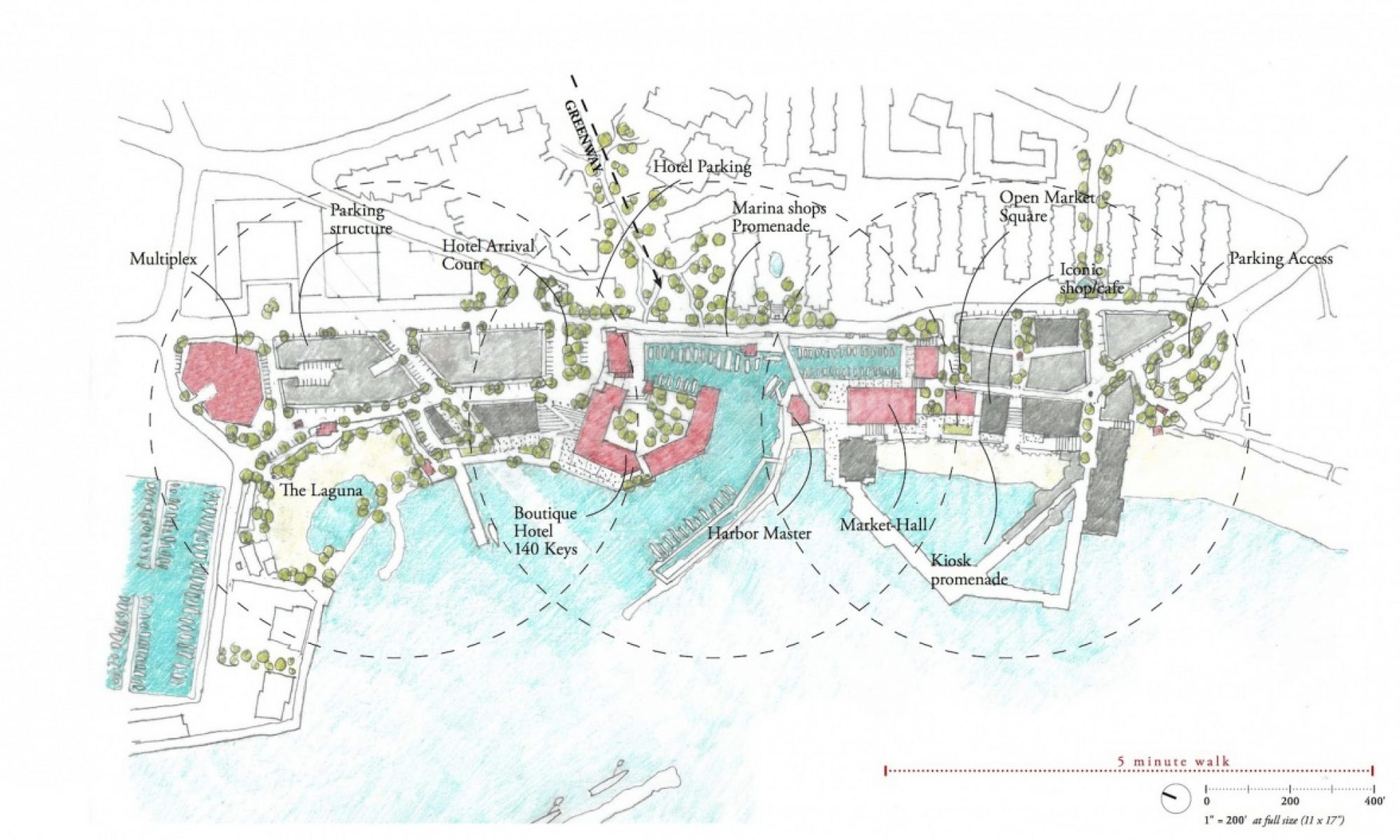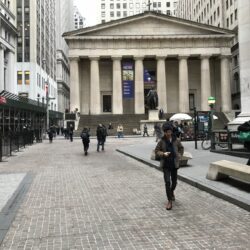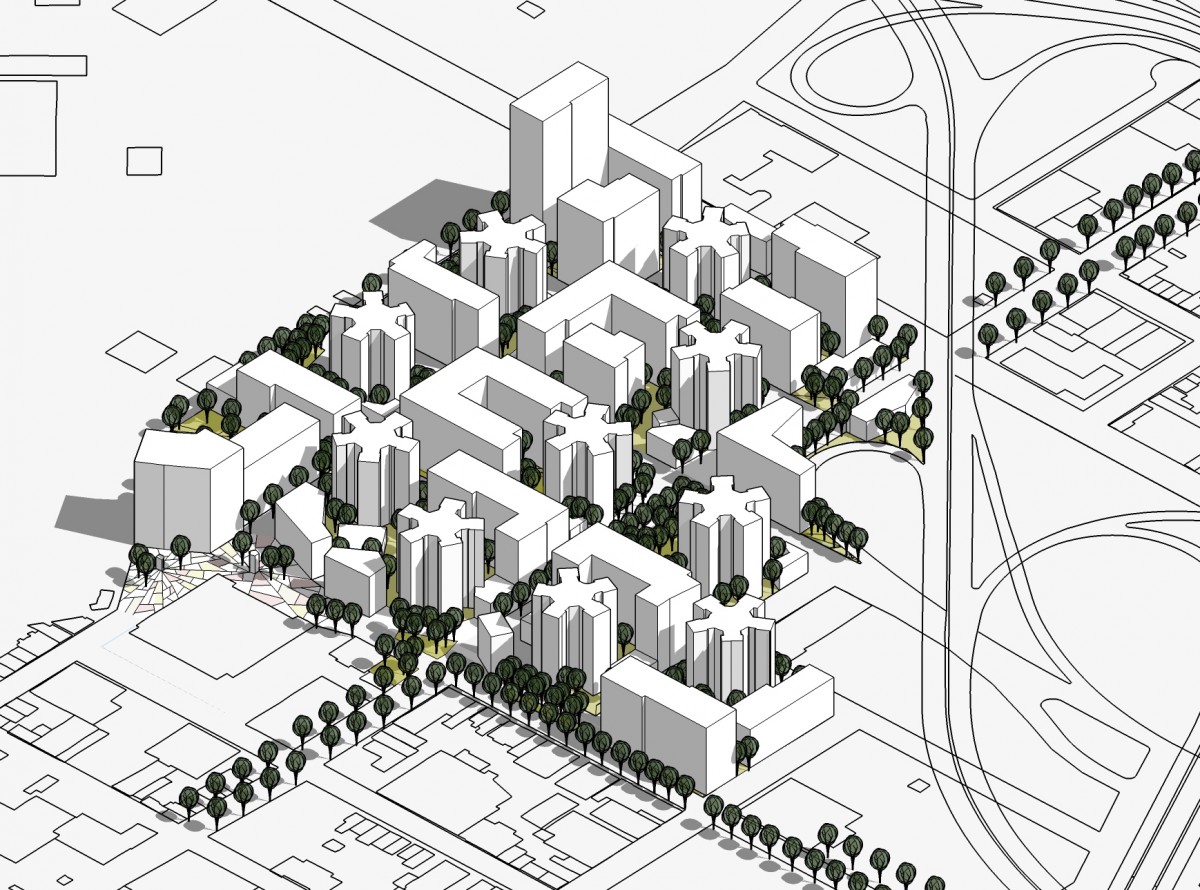The City and Complexity – Life, Design and Commerce in the Built Environment
AMPS Conference, JUNE 2021
Accepted Paper Presentation (Double Blind Peer Review)
Paper Title:
Combating Urban Stratification: Building Fresh Strategies for Integrative Symbiotic Urban Interventions
Abstract:
Cities around the globe contend with the challenge of meeting the high demand for new housing, especially affordable housing, and integrating this housing throughout the city as one means of preventing the forces of gentrification that exasperate the stratification of urban populations. This housing demand increases pressure on urban land, especially on sites that have long-term sustainable potential.
At the same time, contemporary development faces skepticism that draws its roots in the lived experience of poorly conceived and designed urban renewal projects of the mid 20th century. Advocates for social justice argue that poor minority communities are frequent targets for increasing development rights that, while providing additional affordable housing along with new market rate units, inevitably lead to increased displacement of existing residents.
Despite the evolution towards improved urban design that respects the complex nature of cities, new models and case studies are required to supply communities with tools for evaluation of the potential for symbiotic development. Case studies of integrative design can offer existing residents examples of urban development interventions than can be critiqued and evaluated for their potential for neighborhood improvement where new and old fabric are woven together around an improved public realm with stronger connectivity to the surrounding communities.
This paper reviews the public debate in New York City around proposals to build new housing on public housing estates as a prime example of this tension between social justice and market demand, and then provides a case study of integrative development approaches that focuses in particular on under-used urban land that separates communities and facilitates stratification across racial and economic lines. The approach applies urban design principles rooted in Jane Jacob’s analysis of urban structures that turn existing challenges into opportunities for place-making that leverage and respect existing fabric and build new meaning for integrated communities.
Peer Reviews:






